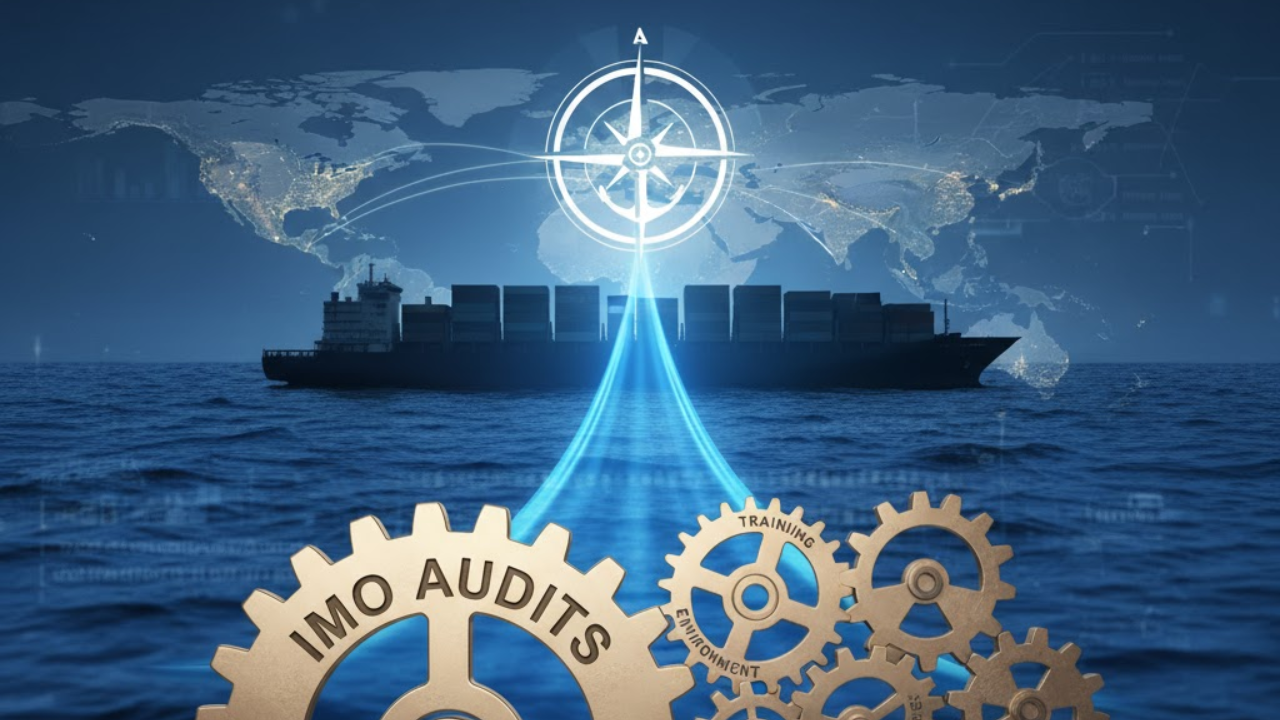
Post by : Meena Rani
With rising safety and environmental obligations, the maritime industry faces unprecedented scrutiny. The IMO Member State Audit Scheme (IMSAS) ensures nations enforce international maritime rules effectively. In October 2025, the IMO launched an audit of Panama — one of the world’s biggest registries — marking a new phase of global regulatory intensity.
This article explores how IMSAS works, what it means for maritime administrations and shipowners, and why it’s reshaping compliance oversight worldwide.
The IMO Member State Audit Scheme (IMSAS) promotes consistent implementation of key conventions such as SOLAS, MARPOL, STCW, and Load Lines. Initially voluntary from 2006, it became mandatory in 2016. Each state is evaluated on its ability to enforce regulations, train personnel, and maintain safety, pollution, and operational standards.
IMSAS follows a multi-year audit cycle, ensuring every member state undergoes evaluation at least once per cycle. States must create corrective action plans for any deficiencies found and periodically report progress to the IMO.
Audits assess:
Flag State control and inspection regimes
Port State Control capability
Legal and institutional framework
Technical cooperation and resource allocation
Safety, pollution prevention, and training systems
The goal is not punitive — it’s to identify gaps and strengthen maritime governance across nations.
In October 2025, the IMO initiated a comprehensive IMSAS audit of Panama, the world’s largest ship registry. The audit covers regulatory oversight, certification, and enforcement procedures to ensure compliance with global maritime standards.
Given Panama’s dominance in global ship registration, this audit carries weight. A favorable outcome enhances the credibility of its flag, while deficiencies could invite greater Port State Control scrutiny, affect insurance terms, and influence shipowners’ confidence.
Early feedback suggests the audit proceeded smoothly, reflecting Panama’s preparation and commitment to maintaining international compliance standards.
In July 2025, the IMO’s Sub-Committee on Implementation of Instruments adopted new guidance for remote surveys and audits. Key highlights include:
Some audit components may be conducted remotely after risk evaluation.
Critical verifications such as SOLAS or ISPS audits still require on-site presence.
Audit plans must be approved by flag states, with justified use of remote tools.
This hybrid model aims to balance flexibility with assurance, particularly useful for global administrations or emergency conditions restricting travel.
A strong audit outcome enhances credibility and reduces inspection frequency for flagged ships. It signals robust governance and adherence to international law.
Choosing a well-audited flag minimizes detention risks, delays, and compliance costs. Vessels under poorly performing flags often face higher inspection and insurance burdens.
Audit findings inform underwriting and port enforcement decisions. States demonstrating high compliance can attract more vessels and investors.
IMSAS ensures fair competition and uniform safety standards, preventing “flag of convenience” loopholes that undermine global maritime integrity.
Capacity gaps: Smaller maritime nations lack technical and human resources for thorough audits.
Political constraints: Implementing corrective actions often requires legislative change or budgetary approval.
Consistency: Ensuring unbiased audit practices and maintaining uniform global standards remains difficult.
Remote audit limitations: Not all technical or safety checks can be validated remotely.
Follow-up execution: Audit results lose impact without tangible corrective action.
Flag Administrations:
Conduct internal pre-audits and gap analyses.
Maintain updated maritime legislation.
Build technical expertise and allocate resources for compliance.
Communicate transparently with IMO and industry partners.
Shipowners & Operators:
Track flag audit outcomes before flagging or registration.
Keep vessel certifications, records, and systems audit-ready.
Engage cooperatively with maritime administrations.
Classification Societies & Auditors:
Standardize audit approaches under the IMO III Code.
Train auditors for evolving regulations and technologies.
Ensure impartiality and consistency in evaluations.
Higher audit frequency: Audits may occur more often to cover emerging areas like emissions and cybersecurity.
Digital audit ecosystems: Use of real-time data and analytics to complement physical assessments.
Transparency and publication: More states are expected to release audit results publicly, encouraging accountability.
Integration with ESG goals: Future audits may align with carbon reporting, sustainability, and decarbonization monitoring.
Continuous monitoring: IMSAS could evolve toward ongoing oversight rather than periodic snapshots.
Q. What does IMSAS stand for?
The IMO Member State Audit Scheme — an initiative to verify countries’ compliance with international maritime obligations.
Q. When did it become mandatory?
In 2016, transitioning from voluntary to compulsory participation.
Q. Can audits be done remotely?
Partially. Certain surveys may be remote, but full audits often require physical verification.
Q. What happens if a state fails an audit?
It must implement a corrective plan, report progress to the IMO, and risk reputational impact if compliance gaps persist.
Q. Why is Panama’s audit notable?
As the world’s largest ship registry, its performance serves as a benchmark for global compliance standards.
This article is for informational purposes only and does not constitute legal or policy advice. The details reflect public developments as of October 2025 and may evolve with subsequent IMO actions or state reports.
IMO audits, IMSAS, maritime compliance, flag state audit, remote survey, regulatory oversight
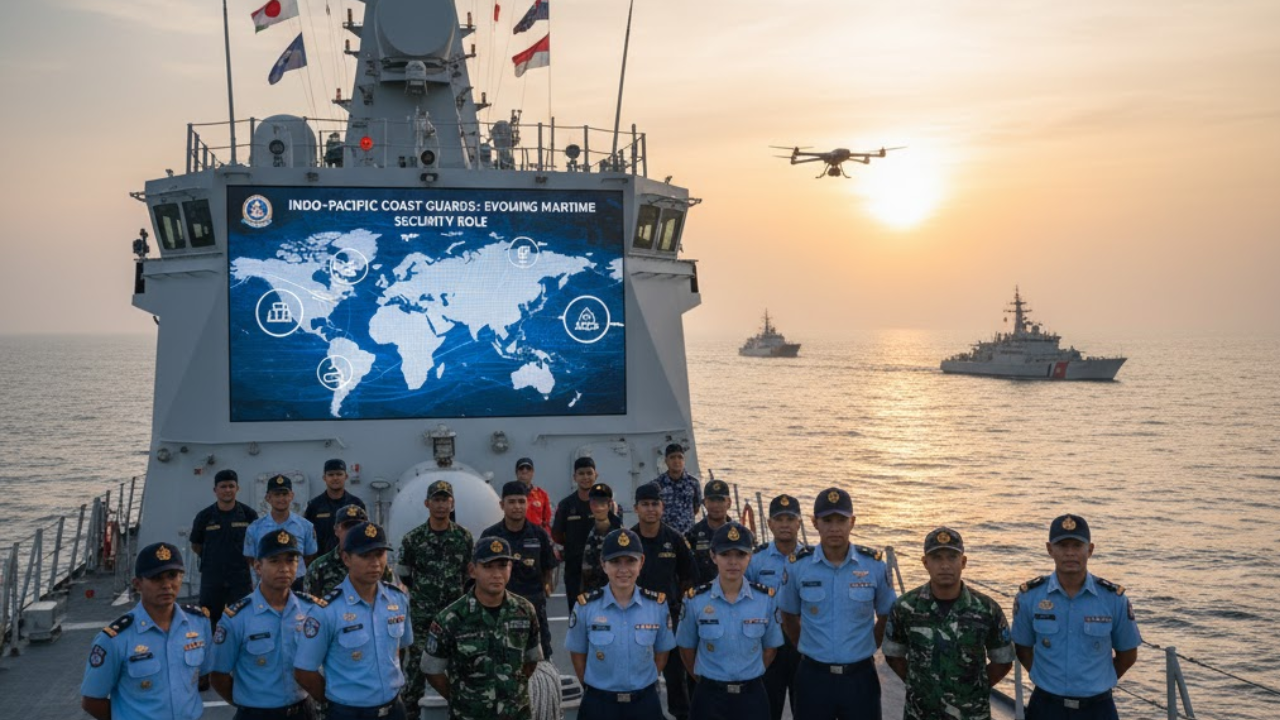


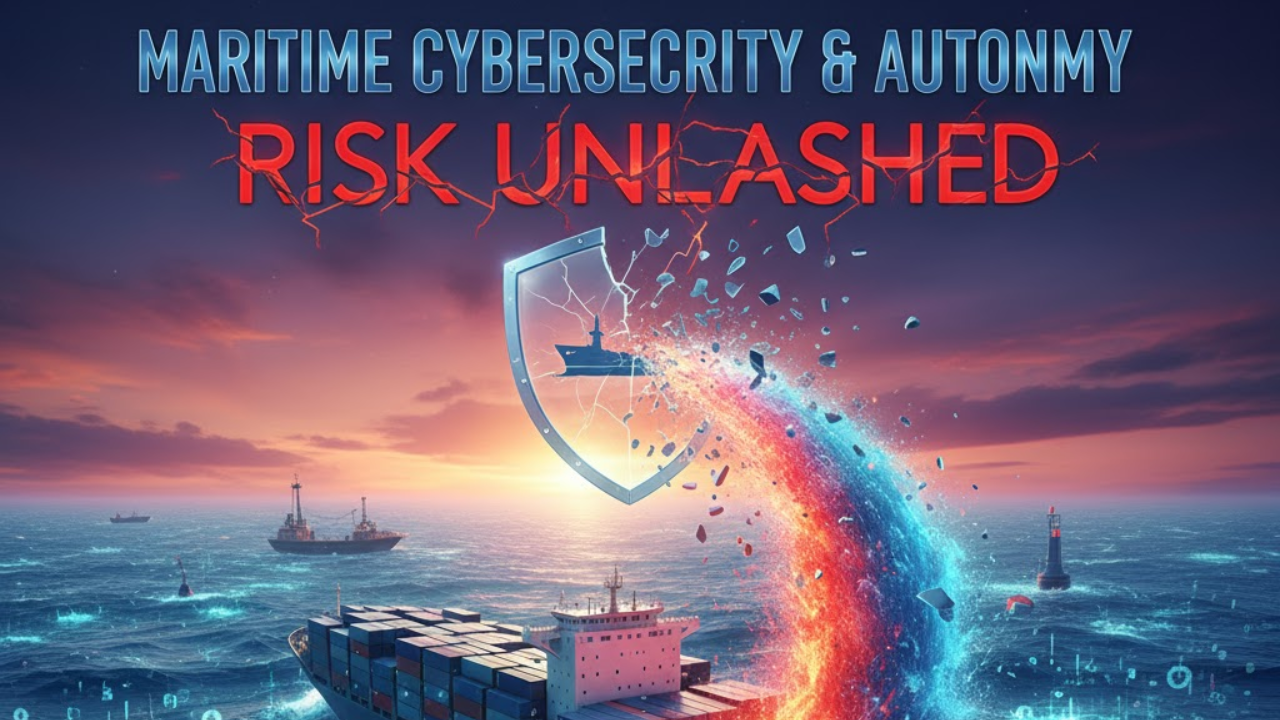
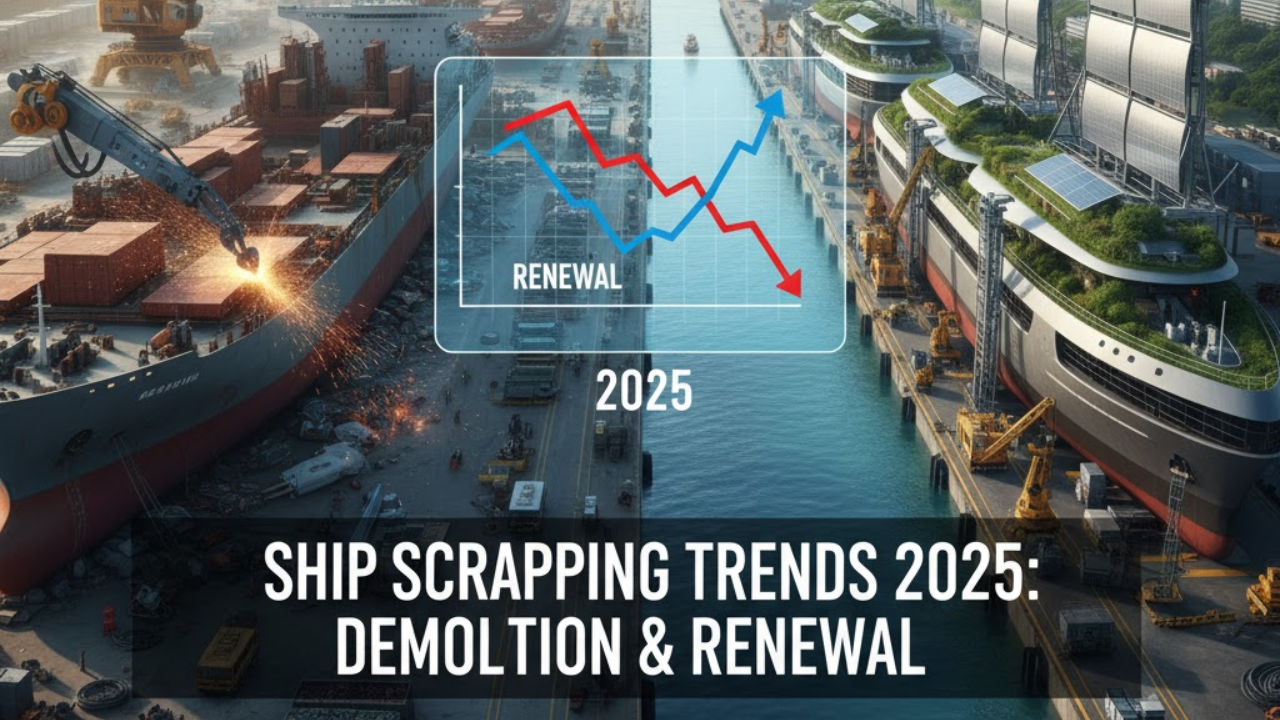
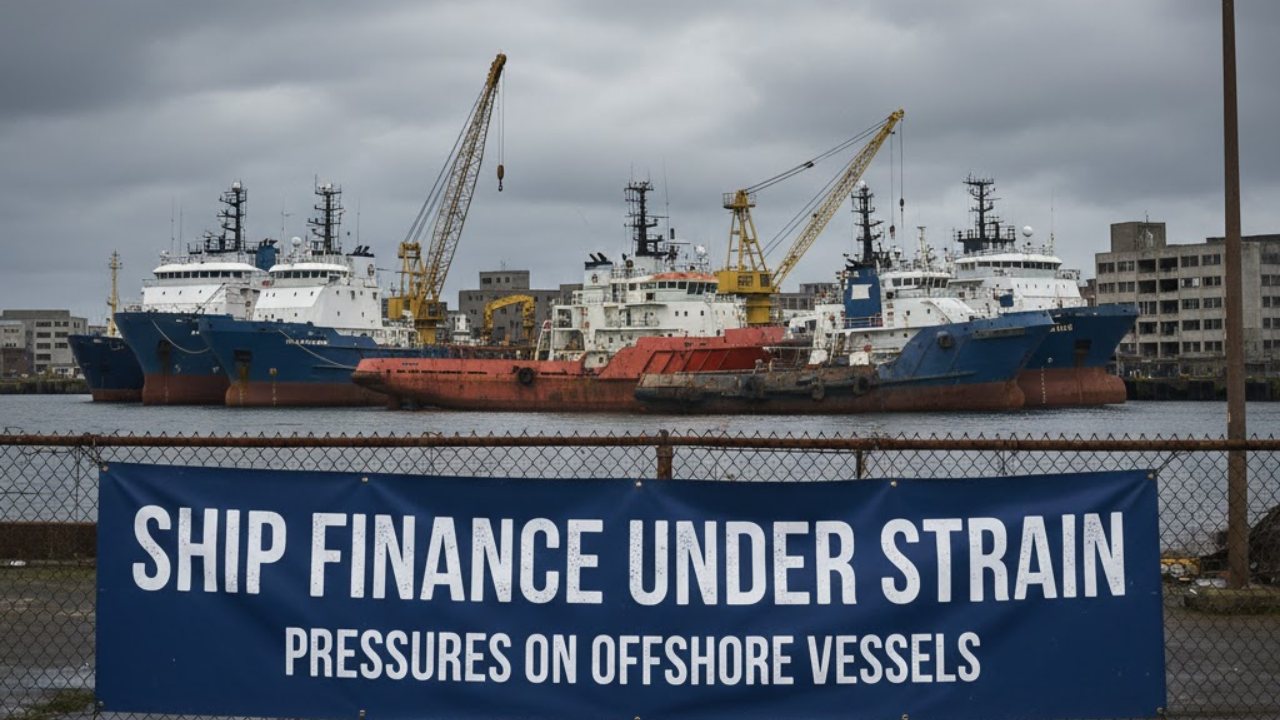
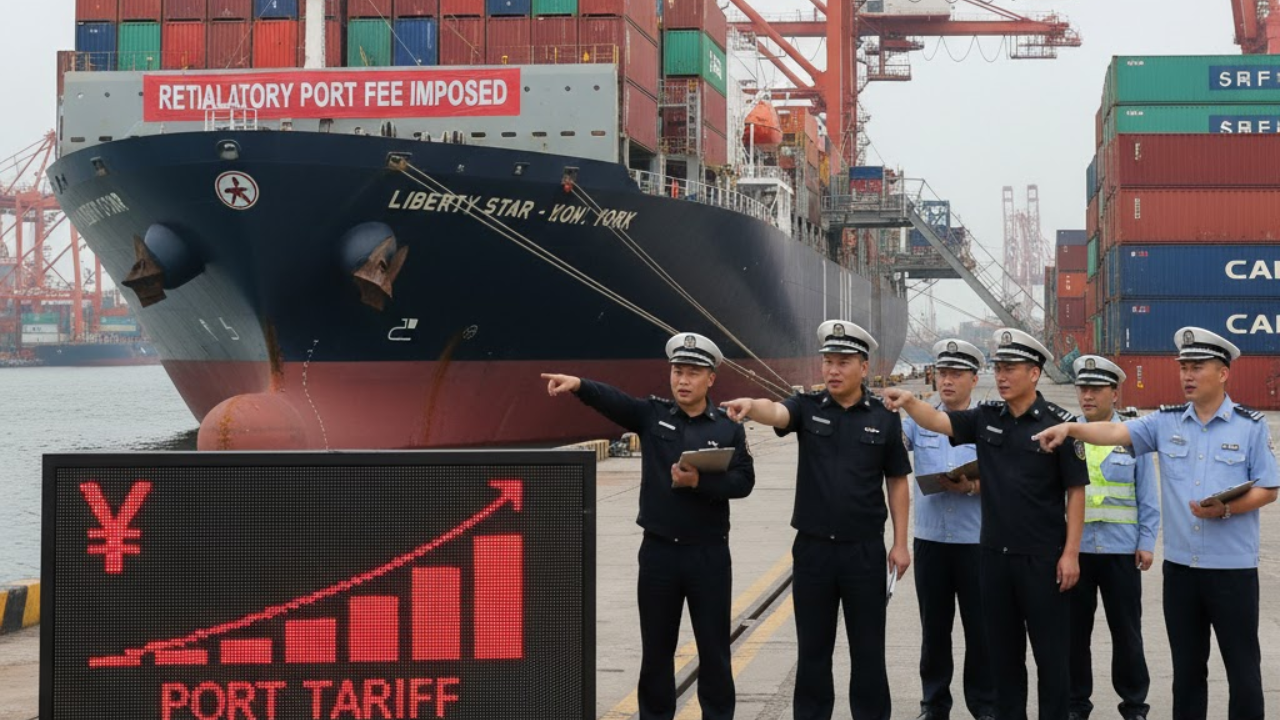
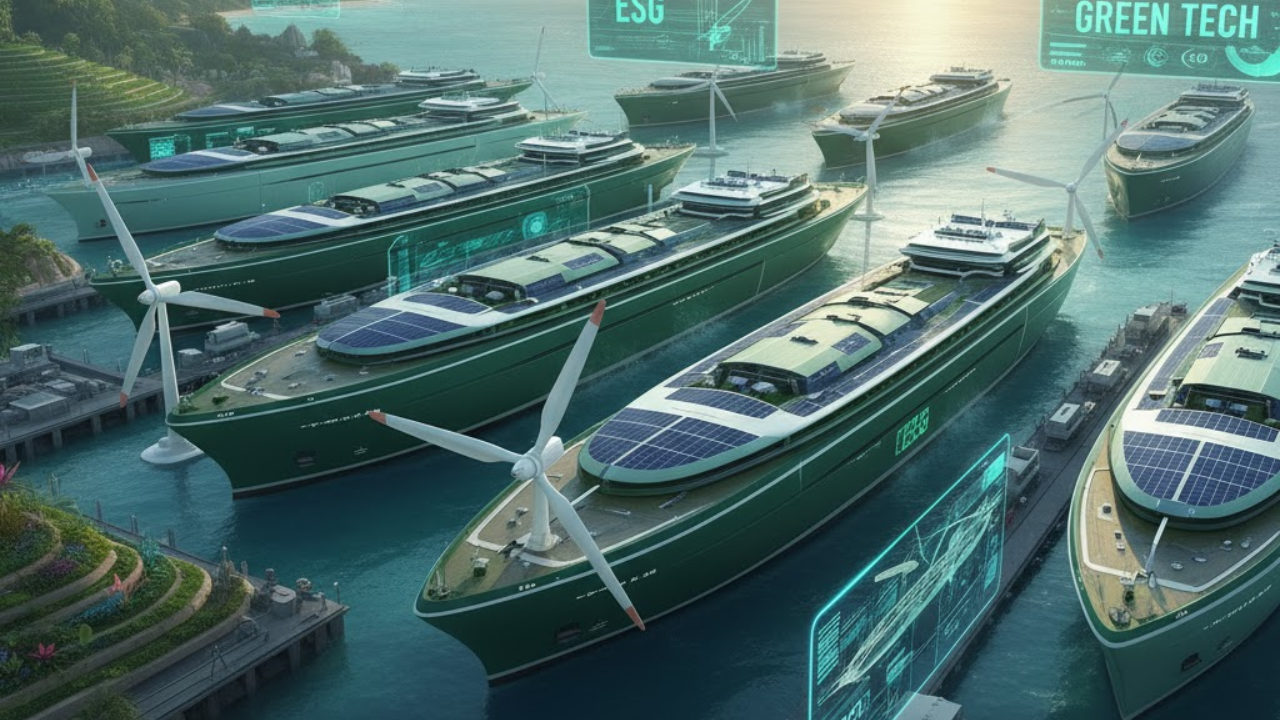
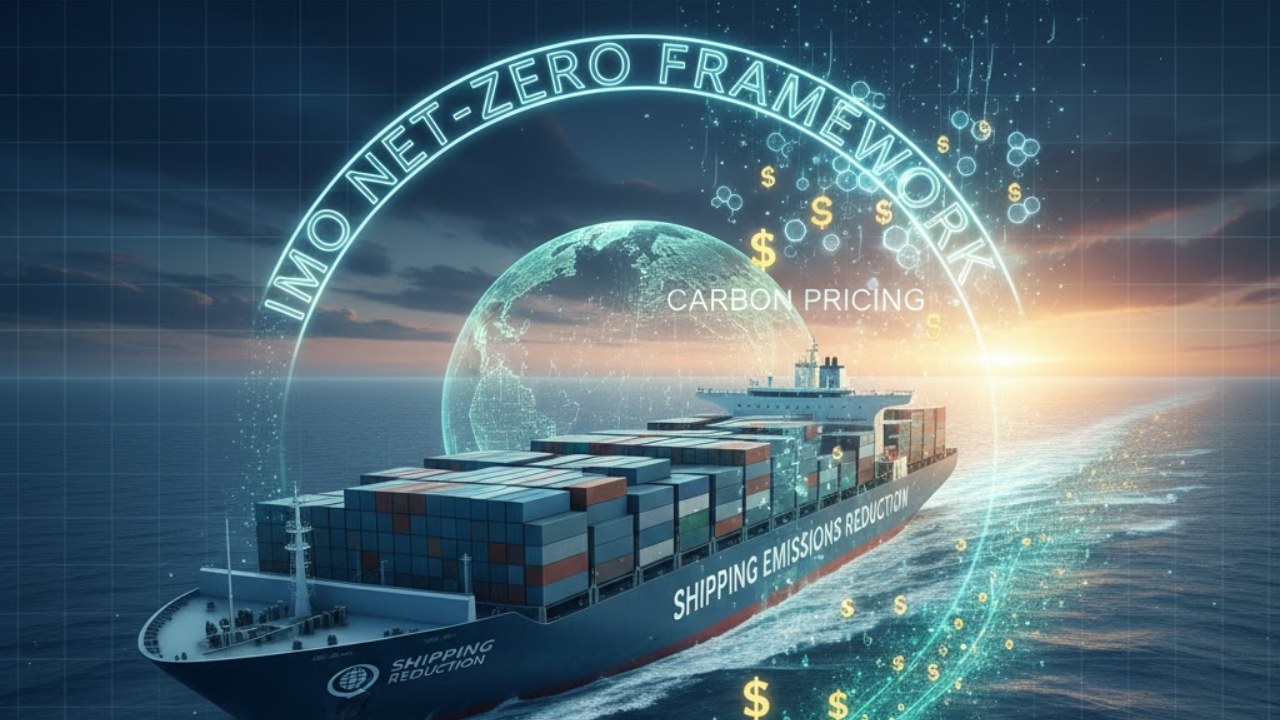

Bengaluru-Mumbai Superfast Train Approved After 30-Year Wait
Railways approves new superfast train connecting Bengaluru and Mumbai, ending a 30-year demand, easi

Canada Post Workers Strike Halts Nationwide Mail and Parcel Services
Canada Post halts operations as CUPW strike disrupts mail and parcel delivery nationwide amid disput

PM Modi Launches BSNL ‘Swadeshi’ 4G Network, 97,500 Towers Built
India enters global telecom league as PM Modi inaugurates BSNL’s indigenous 4G, connecting 26,700 vi

India’s Iconic MiG‑21 Takes Final Flight After Six Decades of Service
After 60 years India retires its MiG‑21 fighter jet, a legendary yet controversial warplane marking

Hindustan Zinc unveils AI hotspot monitoring at Debari smelter
Hindustan Zinc launches AI-powered Switchyard Hotspot Monitoring at Debari smelter to cut outages bo

Chinese experts worked inside sanctioned Russian drone plant
Chinese drone specialists visited IEMZ Kupol supplying parts and drones via intermediaries, deepenin